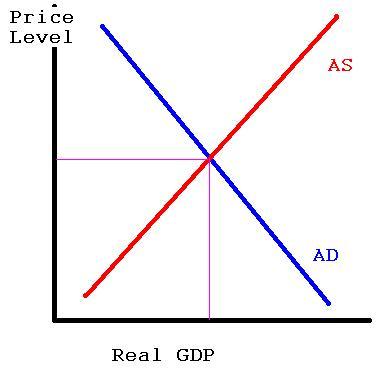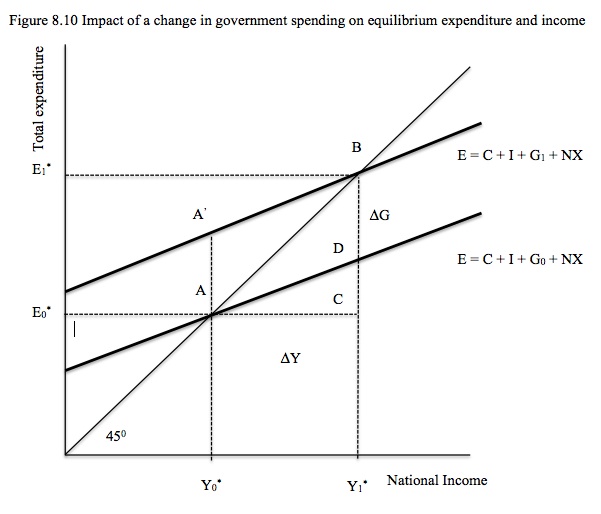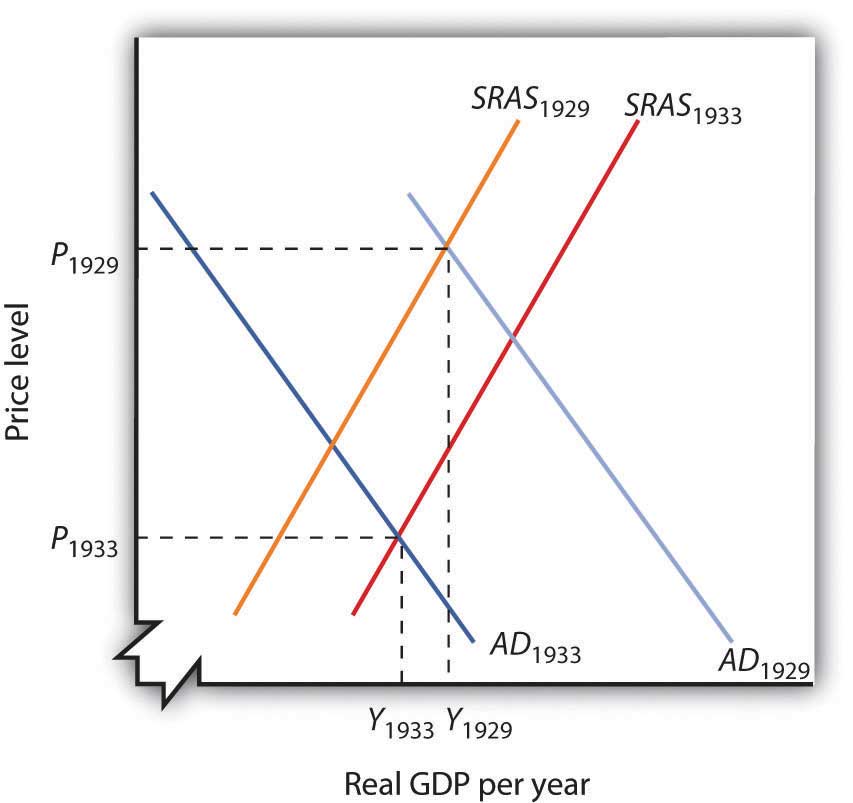Difference between Aggregate Demand and Aggregate Supply

Aggregate demand and aggregate supply are two very important concepts in economics. Aggregate demand and aggregate supply also give you inner details of a particular economy’s macroeconomic health. Aggregate demand deals with total demand at different pricing levels while aggregate supply is the overall total production of goods and services in a particular economy. Both concepts are important as they directly impact on a country’s changes in unemployment, inflation rate, national income and government spending. GDP’s influence also creates a positive and negative impact in supply and demand. At the same time, both concepts are closely related with each other to make potential outcomes of different other studies of the economy. Since aggregate demand is also called total spending of a country in a specific year, this economic trend is very important to calculate GDP. Aggregate demand curve shows overall spending and at the same time it gives you a slight idea that either any government is being effected by a negative or positive trend.
Instructions
-
1
Aggregate demand:
Total demand in an economy at different pricing levels is called aggregate demand. It is also called total spending of the government. The total demand of GDP is also calculated once you determine the aggregate demand of a particular economy. The formula for calculating aggregate demand is A G = C + I + G + (X – M). In this formula, I stands for capital investment, C for consumer, G for government spending, X for exports and M for Imports. Once you calculate the aggregate demand, you will be able to develop an aggregate curve. If the curve goes down and left to right, it means negative trend is happening in the economy while if it goes to right to left and upwards, it shows a positive trend in the economy.
- Image Courtesy: web-books.com

-
2
Aggregate supply:
Aggregate supply is the overall total production of goods and services in a particular economy. It can be shown via a supply curve. This particular curve basically shows that the relationship between overall production and amount of goods or services at different price levels. A universal rule applies in aggregate supply. As price increases, the production of goods will also increase and the supply curve will also go upward. Economists watch closely whenever the aggregate supply curve go upwards. It helps them to create different predictions to sustain supply and demand.
- Image Courtesy: stephenkinsella.net








